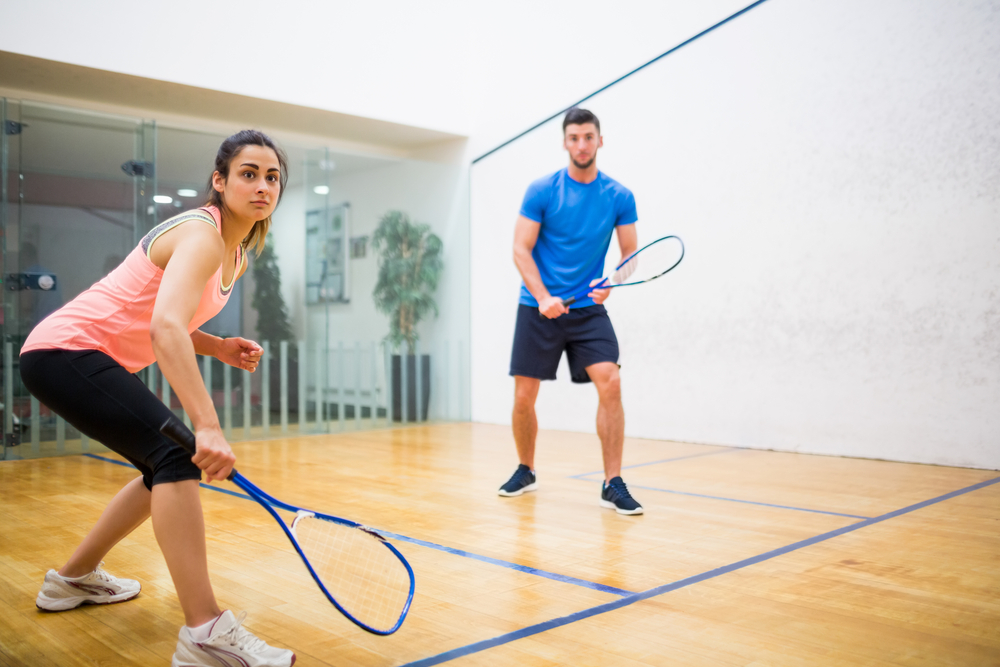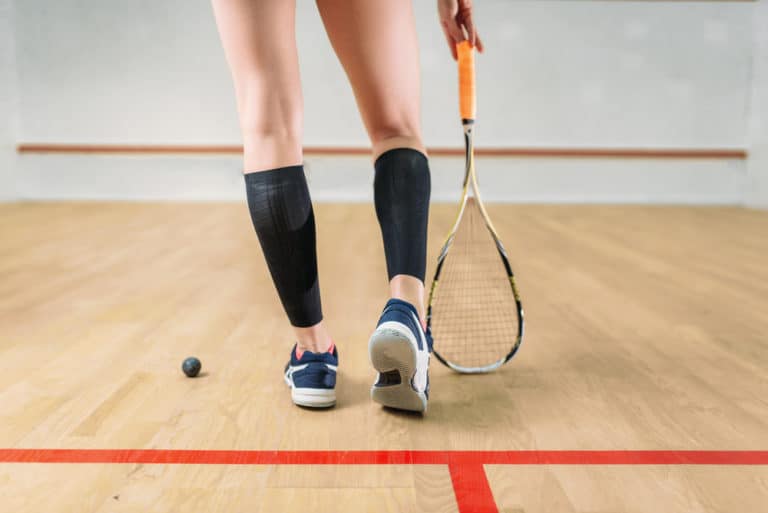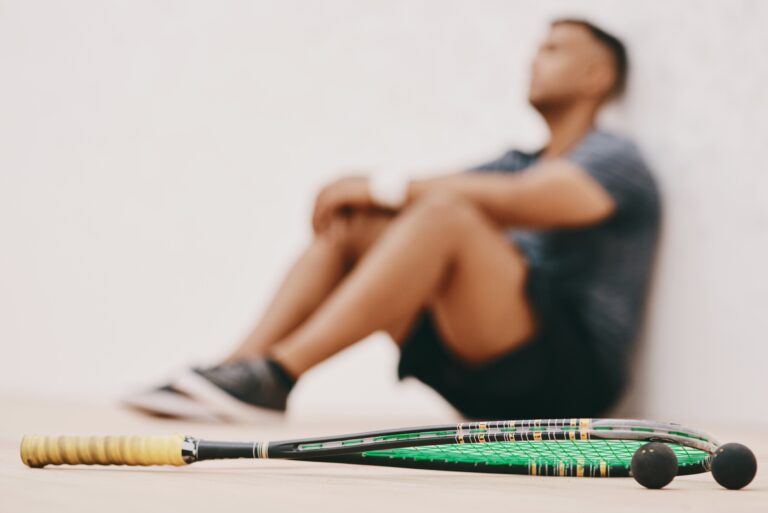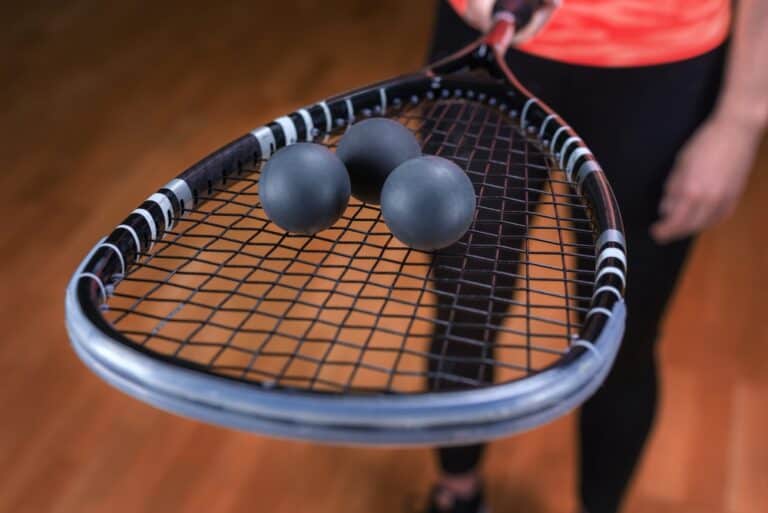How Often Should You Practice Squash?
You may be new to squash, or perhaps you have been playing for a while and wonder how often one should be getting on the squash court? Additionally, we may wonder whether practicing solo has benefits or if we should intentionally only play when we have a partner to join us. Some play every day, and some play a few times monthly, so what is ideal?
The average time regular recreational squash players get on the court ranges from two to four or five days per week. They may vary their training so that some days are more strenuous and focus on basic skills, fitness, and competing against other players.
There is no “right” amount of time to spend on the squash court; however, there are reasons that some players spend more time on the court than others. It is a physically demanding sport and has tremendous health benefits to it. It is wise not to jump into having too many sessions per week if you are new, but if you want to improve, you should consider increasing the time on the court.
How Frequently Should You Get On The Squash Court?
At least an hour of exercise three or four times a week is recommended to maintain fitness and health. This is the same for squash; if you hope to improve, you can start with two days per week and gradually increase the time to four times per week.
This will ensure greater all-around performance and gives enough time for you to rest and recover. Regardless of the sport you play, one should have their heart rate increased by physical exertion for between 30 to 60 minutes at a time. This is the sweet spot for most individuals, and what is excellent about squash is that you can easily have your heart rate up for this duration.
If you wear a heart rate monitor, you will likely find that your heart rate will be at the ideal level for improved fitness during much of your time on the court. Therefore, three or four times per week on the court will be sufficient to maintain a suitable fitness level. And you will be elevating your heart rate to a high enough level for a long enough duration for sufficient cardiovascular work to be done.
If you hope to improve your fitness levels and become better at the sport, dedicating more time to being on the court and actively working will see you reaping the rewards. This is because squash is ranked as one of the most effective sports for maintaining fitness and good health; Forbes stated this in 2003.
Along with cardiovascular benefits, you will also increase your strength and overall muscular toning, develop a stronger core and improve your flexibility. If you are hoping to use squash to lose weight, then you can rest assured that you will see the desired results in due course, and slowly increasing the frequency of when you play will be to your benefit.
Can You Play Squash Every Day?
Squash is a high-intensity game requiring a significant fitness level to maintain performance for consecutive training days. With that being said, people who are casual players and not professional athletes will require more time to recuperate. However, the more you train, the fitter you become; thus, you will recover more quickly, which is a double-edged sword.
Additionally, playing squash too frequently and not allowing your body to recover could leave it open to injury. Therefore, if you practice more regularly, stretch and warm up properly before getting on the court, even if you intend to play by yourself and do a “light” session. We shall discuss this issue further and the need to cool down after playing correctly.
Should You Place A Limit On How Often You Play Squash?
If you look at professional squash players, many set aside as much as five to six hours of their days over a six-day week to play squash or train in some manner that aids and betters their squash game. That could be doing drills, cardio, weight lifting, or just practicing playing in general.
However, for the average person who likely works an eight or nine-to-five job, this is entirely unrealistic and cannot be done regardless of how passionate you are about the sport of squash. Therefore we need to set reasonable goals for ourselves regarding how much time we can put into our squash game.
Another thing we have touched on is the recovery time, which is essential, not just to reduce the chance of injury, but playing too frequently could mean that you are not in the prime form before your next training session comes around. The time spent on the court could be counterproductive. Staggering your sessions allows your body to recover.
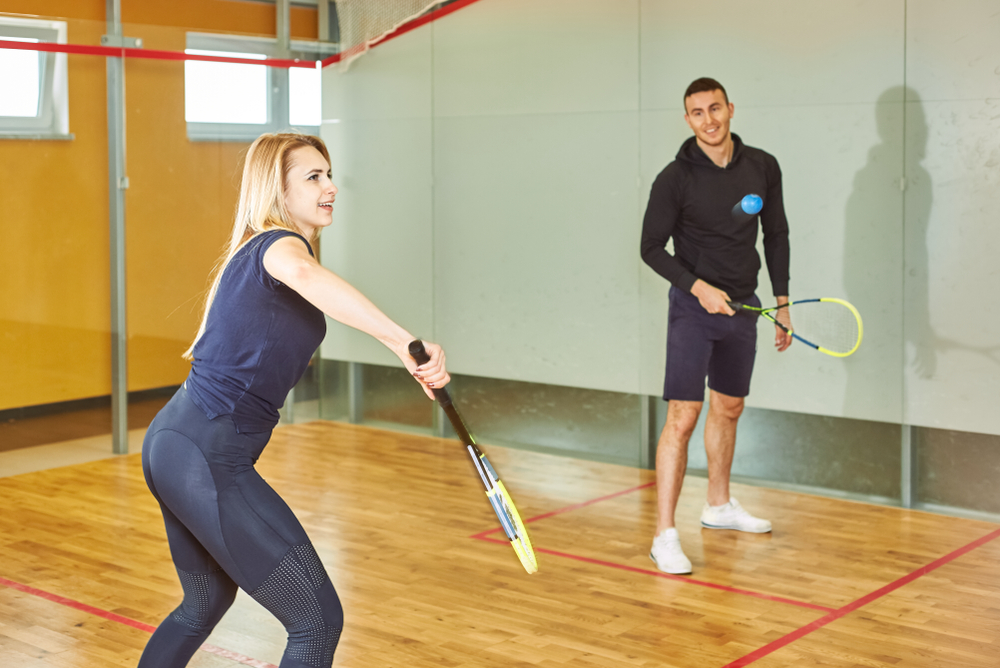
Can You Practice Squash Alone?
There are few sports where one can practice alone, especially to get the whole game experience. Playing by yourself has its benefits. In squash, you can “simulate” a game and get creative with how you structure a solo session.
Solo play will aid you in bettering your technical components of the game, while playing with someone else helps develop your tactics and movements around the court. If you play various times in the week, it is advisable to take at least one of these sessions and set it aside to practice alone, where you can work on perfecting ball control and various shots.
Warm-Up Properly Before Playing Squash
Squash is known for being a sport where if you do not warm up effectively, you will pay the price for it in the end, in that your likelihood of injury increases and your performance may be hindered. Spend between 15 to 20 minutes stretching (dynamic stretches are great). Then do some ghosting or similar exercise to help warm your body up and get the blood flowing before beginning a game.
Remember To Do A Proper Cool Down After Playing Squash
After your game, it is always wise not to walk off the court and head home merely. Instead, do some light cardio and be sure to stretch once more so that you gradually slow down your heart rate and your body can cool down properly. Afterward, it is also a good idea to hydrate and replenish yourself with something small to eat. Also, do not allow too much time to lapse before showering.
Conclusion
There is no exact time you should spend on the court playing squash, but there seems to be a sweet spot where most people fit, between two and five days. The more you play, the better your game will become, and your fitness levels, strength, agility, flexibility, and more will improve. It is a good idea to dedicate time to solo and partner play for the best results.
References
- https://bosssquash.com/blog/can-you-play-squash-everyday/
- https://squashexpert.co.uk/how-often-should-you-play-squash/#
- https://www.squashpoint.com/blogs/blog/tips-on-how-to-plan-a-training-session/
- https://sportscentaur.com/can-you-play-squash-alone-the-definitive-guide/
- https://squashmad.com/coaching/how-i-train-and-stay-healthy-by-nick-matthew/

